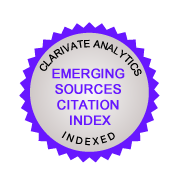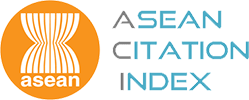Conflict and Conflict-Resolution in the Southern Philippines
Abstract
This paper examines and analyzes the conflict in the Southern Philippines and suggests recommendations that might bring an end to the decade-old problem in the region using a peacebuilding model. It is divided into several parts. First part describes the conflict in the region. The second part suggests recommendations: the political and administrative, economic, security, humanitarian and social dimensions. And finally, the concluding remarks. The datafor this analysis came from primary and secondary sources, namely newspapers, policy statements, speeches, press releases, joint communique, peace agreements, books, magazines, and journals. Interviews with some informed people were also conducted. The study found that the parties involved in the Southern Philippines have no better option other than to reach socio-political and economic accommodations. The Government of the Republic of the Philippines (GRP) should grant self-determination to the Bangsamoro through Bangsamoro Juridical Entity which has full constitutional power and authority over the political, social, economic, and security domains of the region. At the sametime the Bangsamoro leaders, in general and, the Moro Islamic Liberation Front (MILF), in particular, should accept political settlement short of independence. With this formula, we believe that the conflict in the Southern Philippines is solvable.
Additional Files
Published
05-01-2020
How to Cite
L. Taya, S. (2020). Conflict and Conflict-Resolution in the Southern Philippines. Journal of International Studies, 3, 63–77. Retrieved from https://e-journal.uum.edu.my/index.php/jis/article/view/7871
Issue
Section
Articles






















